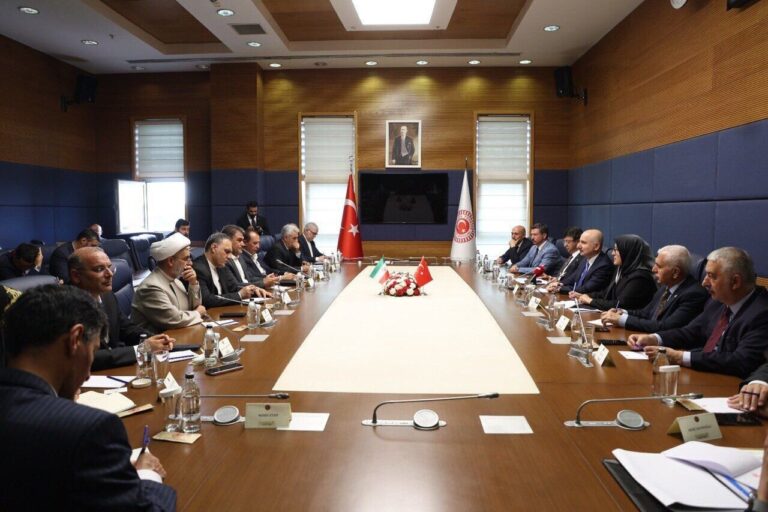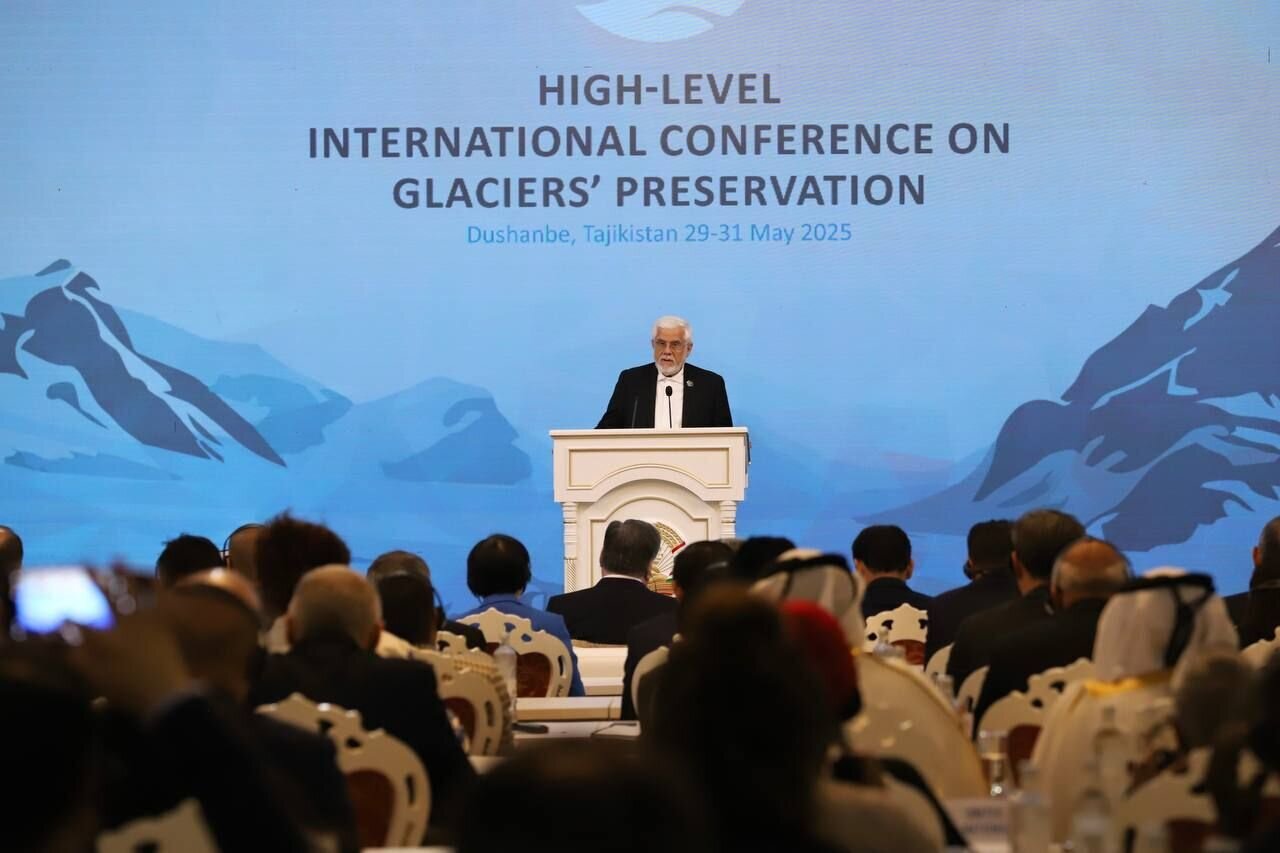
Similar Posts
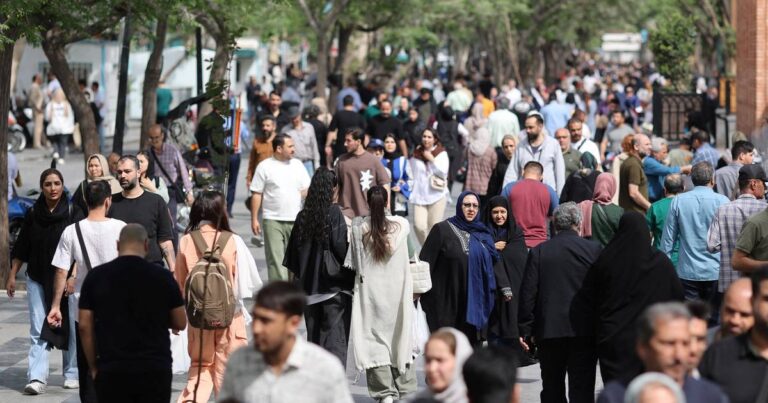
Iran’s Rial Dips as US Negotiations Get Delayed: Economic Impact and Insights
Iran’s currency, the rial, significantly declined past 870,000 to the US dollar after the fourth round of indirect negotiations with the US was delayed, raising concerns about nuclear-related diplomatic efforts. US Secretary of State Marco Rubio outlined demands for Iran, including ending uranium enrichment and allowing inspections. Iranian Foreign Minister Abbas Araghchi dismissed these demands as unproductive, asserting Iran’s rights under the Non-Proliferation Treaty. The International Atomic Energy Agency noted Iran is enriching uranium to 60%, highlighting the urgency of the talks. The rial’s volatility reflects the sensitive nature of Iran’s economy amid ongoing geopolitical tensions.

Transforming Global Industries: The Impact of HDPE and LDPE on Innovation and Sustainability
Iran HDPE traders have demonstrated resilience amidst international sanctions, enhancing product quality and expanding their customer base, positioning Iran as a key player in the polymer industry in Southwest Asia. With products reaching over 50 countries, Iran HDPE and LDPE are essential in manufacturing packaging materials, pipes, and automotive parts. Iran’s competitive advantages include government support, abundant raw materials, and efficient infrastructure. Despite challenges, leading producers like Shobeir Shimi have adapted, projecting HDPE exports to reach 5 million tons by 2027. The company connects global demand with local expertise, promoting high-quality, cost-effective polyethylene solutions.
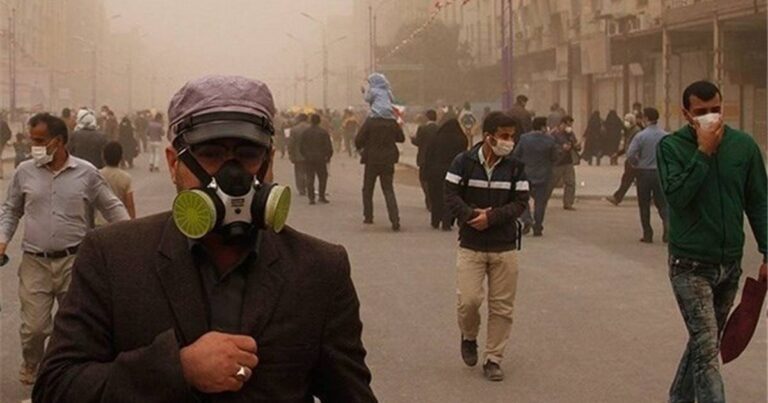
Iran’s Leaders and Clerics Work to Calm Public Concerns Amid Ongoing Challenges
The Iranian government is facing growing public discontent over its handling of domestic and international issues, particularly energy shortages and currency devaluation. President Masoud Pezeshkian claimed the power grid is stable, but citizens experiencing regular blackouts remain skeptical. A nearby power plant halted operations due to a diesel fuel shortage, exacerbating the crisis. The Iranian currency has plummeted, trading over 800,000 rials against the dollar. Amid political shifts and regional setbacks, officials are urging national unity while blaming external adversaries. Social media is rife with speculation about the government’s stability, reflecting widespread frustration among the populace.
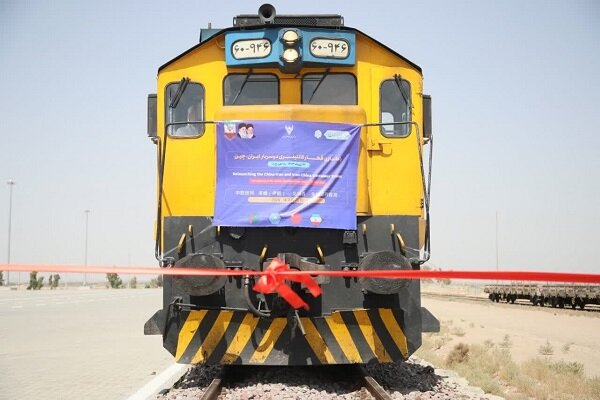
China-Iran Railway Project Accelerates: A Game-Changer for Economic Collaboration
A cargo train from Xi’an has arrived at the Aprin dry port near Tehran, marking a significant milestone in establishing a new overland trade route between China and Iran. This China–Iran rail corridor reduces delivery times from 30-40 days by sea to just 15 days by land, enhancing trade efficiency. Launched on July 21, 2024, it aims to connect China, Iran, and Europe while reducing reliance on congested maritime routes. The initiative also supports Iranian oil exports to China and strategically bypasses US-controlled chokepoints. This development symbolizes a shift towards autonomous trade practices and stronger economic ties between the two nations.
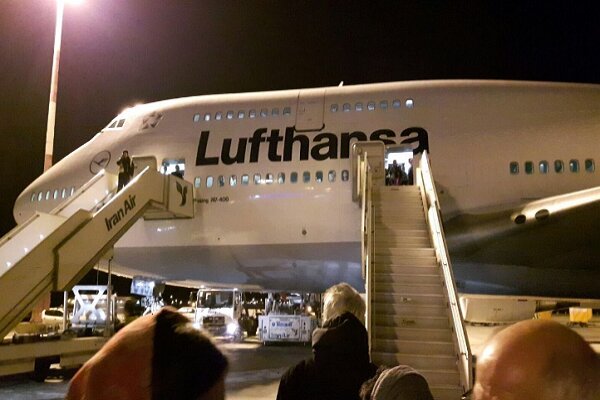
Lufthansa and Austrian Airlines Set to Relaunch Flights at Imam Khomeini Airport
Two airlines are set to resume operations on March 1 and March 2, signaling a positive trend in air travel. A spokesperson reported a 4.8% increase in passenger flights, with 47,476 flights conducted from January to mid-February this year. Cargo flights have surged over 69%, reflecting strong demand in freight transportation. Airlines are implementing enhanced safety protocols, flexible booking policies, and improved customer service to boost traveler confidence. This resurgence is expected to benefit tourism, trade, and local economies, while also creating job opportunities in the aviation sector, paving the way for future growth in air travel.
